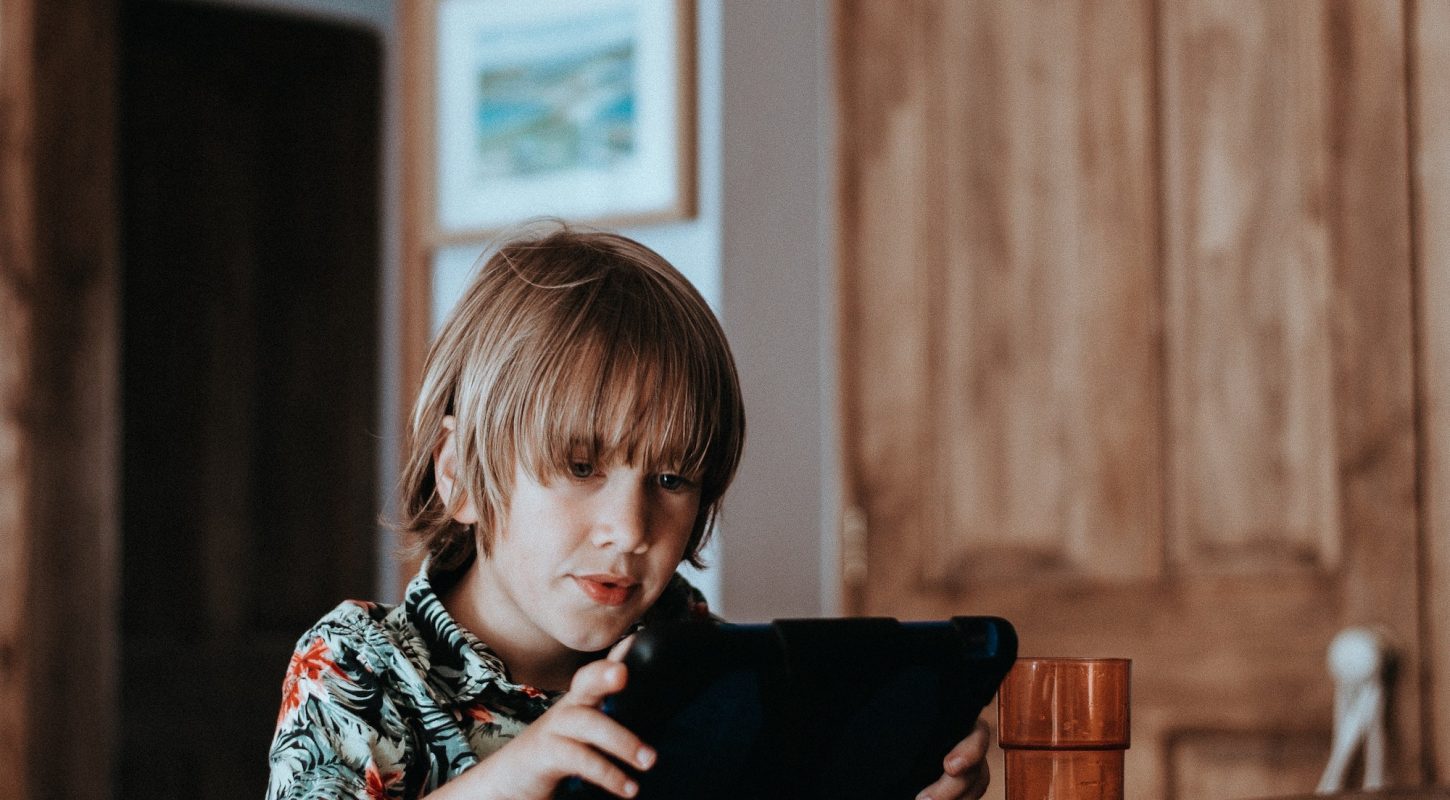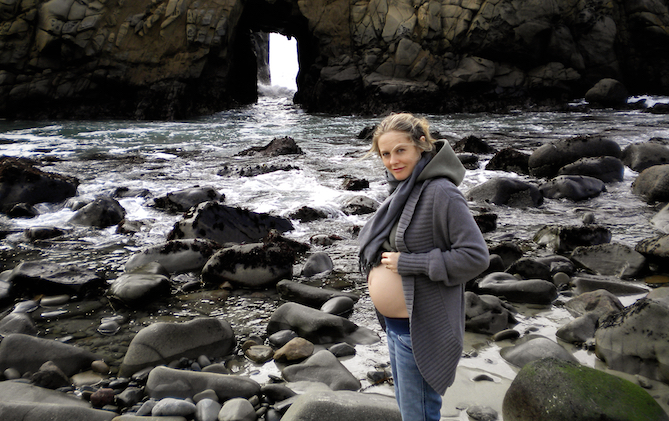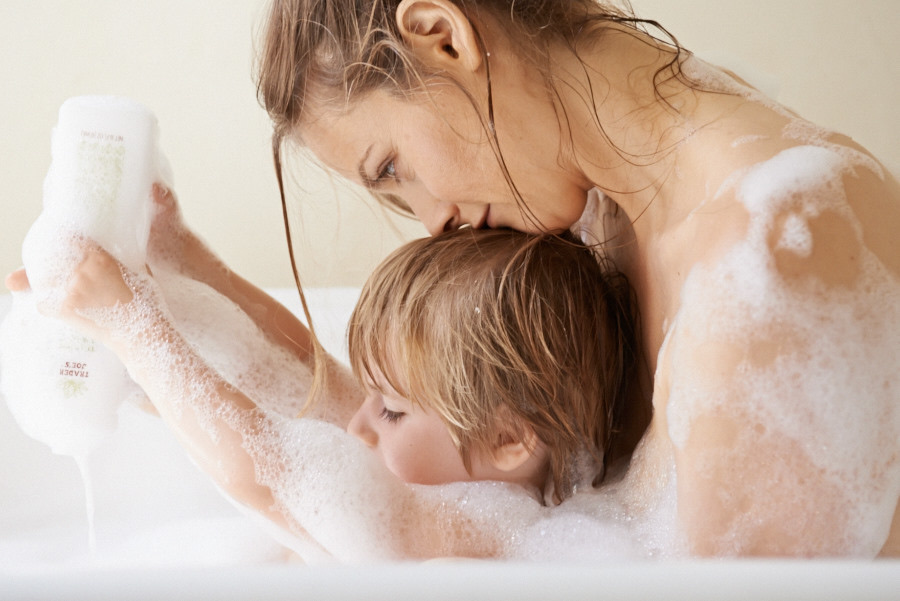Excerpted from Sharifa Oppenheimer’s book “With Stars In Their Eyes: Brain Science and Your Child’s Journey Toward The Self” this post addresses the questions about technology and young children.
Part One
All the research about children’s use of technology that any parent could want is available, one click away. The New York Times, The Washington Post, The Huffington Post, NPR, and other major news outlets are publishing the research. The American Academy of Pediatrics, the Kaiser Foundation, The National Institute of Health are worried for children’s health. Parenting organizations, books, blogs are all available
What is my best advice for you? Let me tell you how I would strive to parent at this time ~ a very different century than the one in which I raised my sons!
First, I would inform myself. Here is some of the current research about technology’s impact on children:
* screen time takes young children and especially babies and toddlers away from the very foundations of healthy brain development. It deprives them of:
~ enough time in loving interactions with caring adults
~time to explore the world through their senses,
~time to move responsively in myriad ways, and,
~time for conversations with parents about new discoveries.
*It consumes precious time needed for art experiences.
*It interferes with foundations for literacy: the sounds and movements found in many children’s e-books have even been linked to lower levels of story understanding.
*It hampers crucial parent-child conversations about stories.
*The loss of hands-on creative play is related to media consumption.
*It is linked with sleep disturbances for children from infancy to the teen
years.
Even early Facebook and Google employees are concerned about the impact of the technology they developed on the minds of children! They have created a union of concerned experts called the Center for Human Technology. Along with the nonprofit media watchdog group Common Sense Media, it plans an anti-tech addiction lobbying effort and an ad campaign aimed at 55,000 public schools in the United States.
I would also be extremely cautious about my children’s exposure to commercialism. The following are linked to screen-based advertising and marketing.
* Erosion of creative play
* Childhood obesity
- discontent about body-image
- eating disorders
- sexualization
- youth violence
- family stress
- underage drinking
- underage tobacco use
Next, I would make my own plan. I would use as guidelines the following two principles given by my long-time mentor Joan Almon, whose work we have discussed in previous chapters. We will address these guidelines in the next blog post:
Part Two
Now, I would make my own plan. I would use as guidelines the following two principles given by my long-time mentor Joan Almon, whose work we have discussed in previous chapters.
# 1) First Things First!
Tend to the foundations of brain development, which we know are necessary for the development of a capable, warm, and inspired Self. Remember, we do not need to buy these experiences; human beings have always been equipped to provide these for our children:
*Plenty of time for screen-free loving connection with family and friends
* Plenty of time for healthy sense experiences at home, in Nature and at school
* Many years of healthy, diverse movement opportunities,
*Make art a daily affair
*Remember stories are essential, as the child imagines their Self
*Hours, days, months, and years of healthy creative imaginative play
How can there possibly be time for media when we engage in these life-affirming, brain-nourishing ways of being?
But perhaps you say “There are not simply dangers to technology, there are tremendous advantages as well. Technology brings us life-saving medical advances, connects us with humanitarian causes, and gives us a voice in environmental issues. My children are growing up in a digital age. Don’t I need to give them access to the world they will live in?” Yes, we do need to prepare them for the world they will inherit, and we need to do this in a well-thought-out, developmentally appropriate way. Let’s look at ways we prepare our children for other activities that have both a positive and potentially negative side. Think about building a campfire for hot dogs.
We would not give a young child a box of matches and dry sticks to play with; we would ask them to gather the sticks with us and help crumple the newspaper. We would strike the match and teach them the responsibility to watch for stray sparks, how to put the fire all the way out, pouring water on the hot coals. In time, with instruction and oversight, we would be confident to let them strike the match as we watch. Eventually, as they become teens, we would know that with our help they have become well-prepared to safely go camping with friends.
Driving a car, also, has both positive and negative effects. Our society has a lengthy process to prepare young people to drive responsibly. Our children’s abilities, both cognitive and hands-on, are thoroughly tested before a license is issued.
We teach them how to avoid the dangers of fire and driving so they can enjoy the benefits these offer, and we do this at developmentally appropriate times in their lives. But long before we begin slowly instructing, our children are learning about these activities in their own child-wise ways: they are playing with these activities!
Our children spend many years “playing at” grown-up activities. They gather the dining chairs to build cars and layout the highway with pillows on the floor. They gather stray sticks outdoors and pretend to fire the cookie-factory ovens. Through play, they are already learning about these aspects of life. Playing at using technology is also a game I have seen among my class students
When is it a good time and how do we go about a gentle introduction? Now for the second principle.
# 2: A Little Goes A Long Way!
Perhaps your work schedules, your children’s school, or other factors require you to incorporate media earlier; how can you give the best introduction to a younger child? “A little bit goes a long way” is helpful. Here are some ideas to consider:
~ The American Academy of Pediatrics recommends no screen time for children under the age of two. I agree completely and would extend that age limit further.
~ A little face-time on the phone or skype with grandparents is a healthy start. Be sure you are on the call with them. After the conversation is finished, you can ground the interaction and bring it more fully into their physical awareness by talking with them and perhaps drawing a picture to mail to the grandparents.
~ You need to be present and involved in whatever media your child consumes. Research shows that parents need to make sure the screen time leads to social conversations and does not replace these interactions.
The most important ingredient is the consciousness you, the parent, bring to the experience. The real danger lies in the adult’s mindlessness. Let’s be cautious and not use screens as a babysitter. If we choose to routinely pacify the child with media, we may be starting the process of habituating his brain to the screen. Dr. Peter Whybrow, director of UCLA’s Institute for Neuroscience and Human Behavior says “Our brains are wired for finding immediate reward. With technology, novelty is the reward. You essentially become addicted to novelty.” The child learns that satisfaction comes from outside of oneself and therefore one must continually seek exterior satisfactions.
To Lead By Inspiration
If, on the other hand, when our child is fussy and we distract him with a song, a nursery rhyme, or a funny little jig an entirely different brain state occurs. Remember that parents and other significant adults act as the young child’s “external prefrontal cortex.” When we use our pre-frontal cortex ~ when we use our own understanding to draw his attention away from discomfort and offer a little bit of joyful fun ~ this brings him into our heart-resonance. We show him that we all have internal resources with which to comfort and satisfy ourselves. A way to lead our children by inspiration is to be aware and in control of our own media use. A beautiful resource and guide for parents is Kim John Payne’s book The Soul of Discipline, in which just one of the treasures you will find is his “Ten Ways To Avoid Screen Distracted Parenting,” This is a do-not-miss book!




